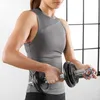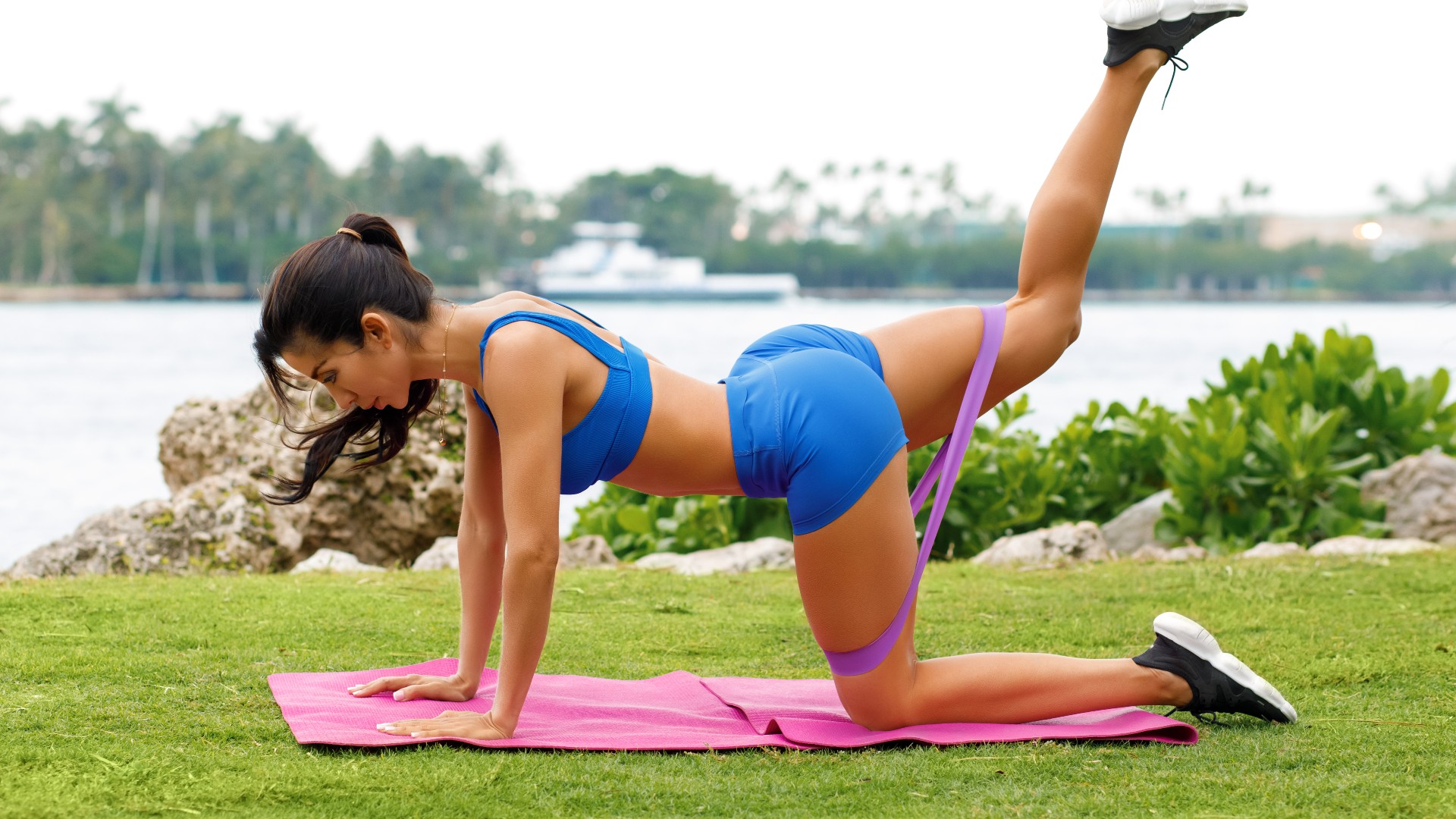
Building a “shelf” on your glutes can shape a well-rounded bum, but to achieve it, you’ll hone in on specific gluteal muscles to sculpt muscle definition. These five glute strength exercises help shape and define the buttocks and can slot into any existing lower body strength program.
While body recomposition (the art of losing fat and building muscle simultaneously) is the most effective method for sculpting your physique, targeting and strengthening your glutes builds the definition in the area, whether or not you plan to lose weight.
Here are four glute exercises for building your glutes and why we love them. We recommend adding some adjustable dumbbells, kettlebells, or resistance bands to some of them.
What exercises are good for your glutes?
The three main gluteal muscles are the gluteus maximus (the biggest and most powerful), gluteus medius and gluteus minimus. A lesser-known fact about the glutes — they count as part of your network of core muscles, so keeping them robust and functioning matters.
Strong glutes help protect the lower back from injury, improve posture and facilitate movement. Runners, weightlifters and just about anyone engaging in exercise will benefit from strengthening all three gluteal muscles — you could lift heavier and run faster, for example.
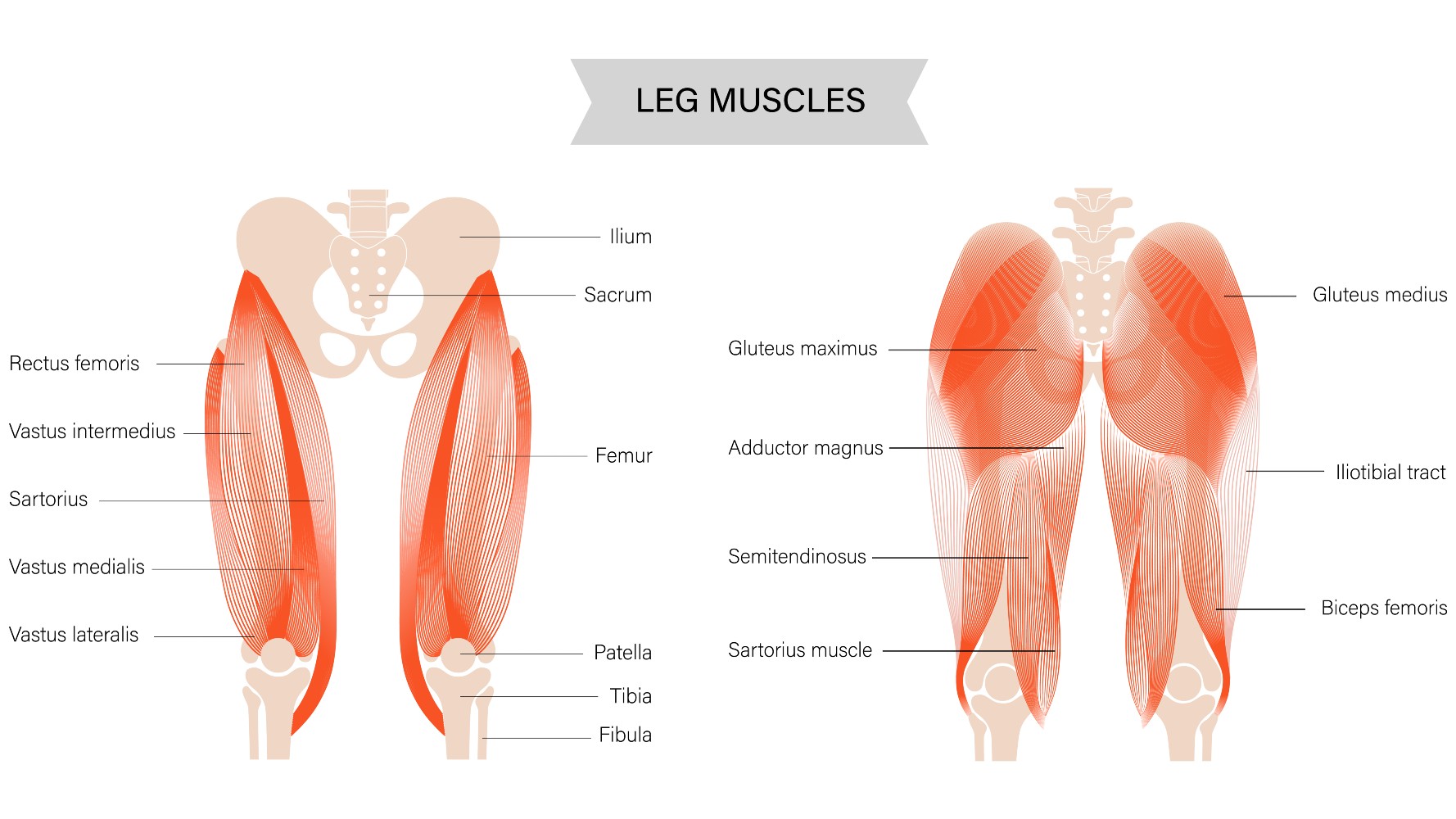
Together, your glutes stabilize the pelvis, rotate the hip joints and support lower body movement in all planes — side-to-side, forward and back and rotation. But each has its own set of jobs: your gluteus maximus deals with hip extension, external rotation and abduction and adduction of the thigh; the gluteus medius supports internal and external hip rotation and abduction while stabilizing the hips and pelvis; and gluteus minimus sits deeper and supports hip abduction, rotation and stabilization. The tensor fasciae latae (not a Gen Z brand of coffee) internally rotates and abducts the hips and supports your joints, like your knees.
Your focus will be targeting the fleshier maximus muscles, which create the most shape and bulk, and especially, the fan-shaped medius muscles that sit at the top of your bum toward the outside of the hip. To create a “shelf” on the glutes, ergo building a well-rounded bum, lateral movements like side lunges, deadlift variations, squats and glute bridges are all about to become your best friends.
Get instant access to breaking news, the hottest reviews, great deals and helpful tips.
4 compound strength exercises to build and bulk your glutes
Rather than isolating your glutes, the four exercises below also target other lower body muscles, including your hip flexors, quads, hamstrings and calves, making them effective compound exercises.
1. Banded clamshells

The resistance band clamshell is effective for hitting the medius muscles responsible for laterally lifting the leg, also strengthening your hips.
How:
- Lie on your right side, with your legs stacked and knees bent
- Rest on your right elbow, stacked underneath your shoulder, or extend the arm away
- Engage your core and keep your hips forward-facing
- Press the inner feet against each other, then open your top knee as far as possible without rocking your hips
- Pause, then lower your leg back to the starting position. Switch sides after completing your reps.
Here’s what happened when one writer did resistance band clamshells every day for a week.
2. Weighted curtsy lunges
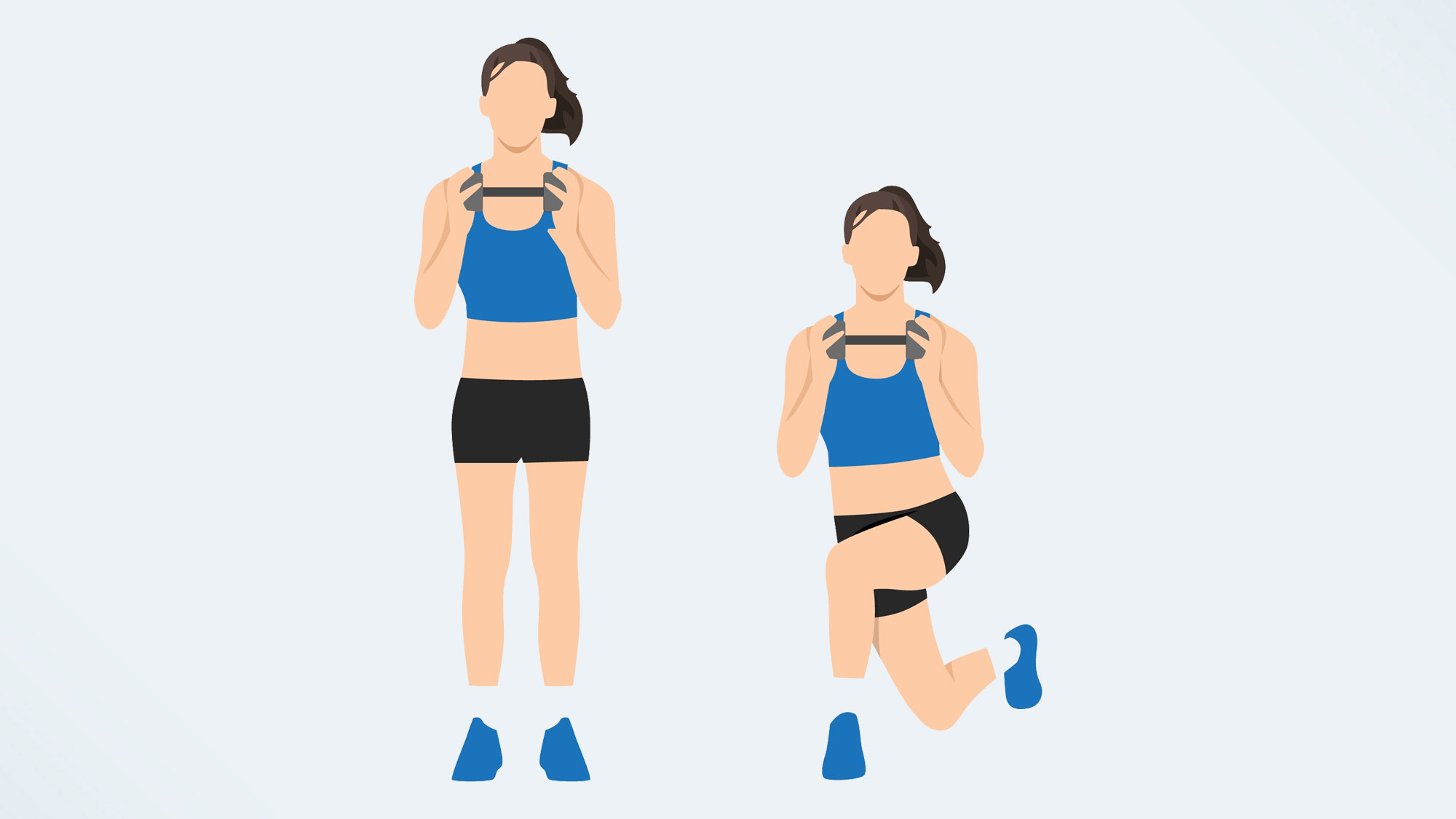
The curtsy lunge works wonders for your gluteus medius and inner thighs. Try with your body weight first, then use a heavy dumbbell or kettlebell to progress the exercise.
How:
- Start with your feet shoulder-width apart and hips square
- Step your right leg behind and around your left leg — imagine drawing a semi-circle with your toes as you do this, then rest the ball of your foot down
- Lower into a lunge. Keep your torso upright and engage your core
- Your left thigh should be parallel to the floor, and your right knee almost touching the ground
- Push through your feet to stand and return your right leg to its starting position. Switch sides.
Keep your toes pointed forward, and avoid twisting your hips.
3. Staggered stance deadlift
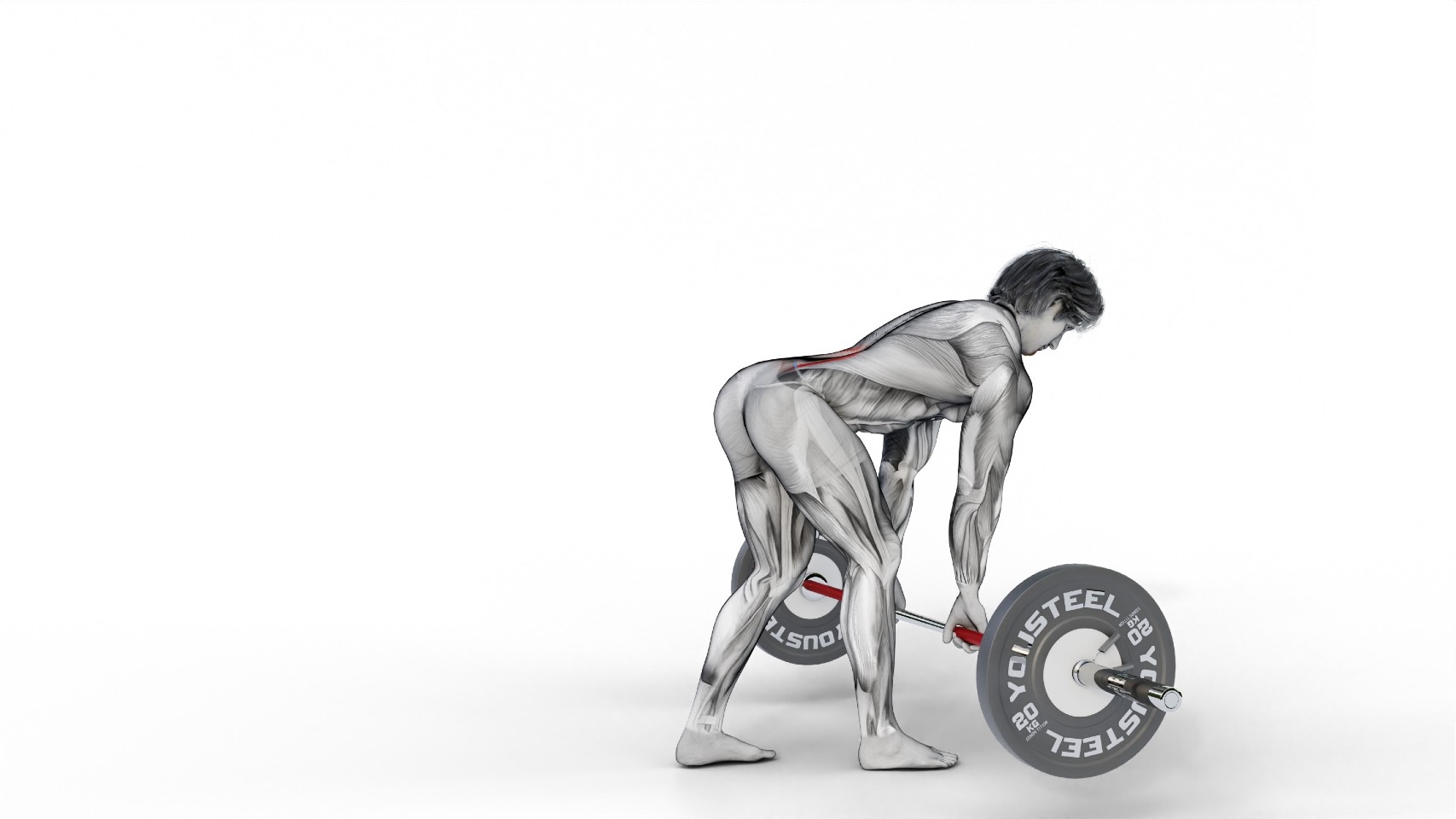
It’s the best compound exercise for strengthening your entire body. The staggered stance helps work one side of your body at a time and emphasizes the glutes and hamstrings. You can use a barbell, a set of dumbbells or kettlebells, or a single weight.
How:
- Start standing with your feet hip-width apart
- Take a small step back with your left foot so that your right heel aligns with your left toes, and rest on the ball of your left foot
- Position your weights on either side of your front foot or one to the inside of your front foot
- Hinge forward at the hips and maintain a flat back and engaged core
- Grip your weights, pull your shoulders back and engage your lats
- Stand and fully extend your hips at the top, then slowly lower the weights with control to feel the glutes and hamstrings fully loading. Switch sides.
4. Single-leg squat
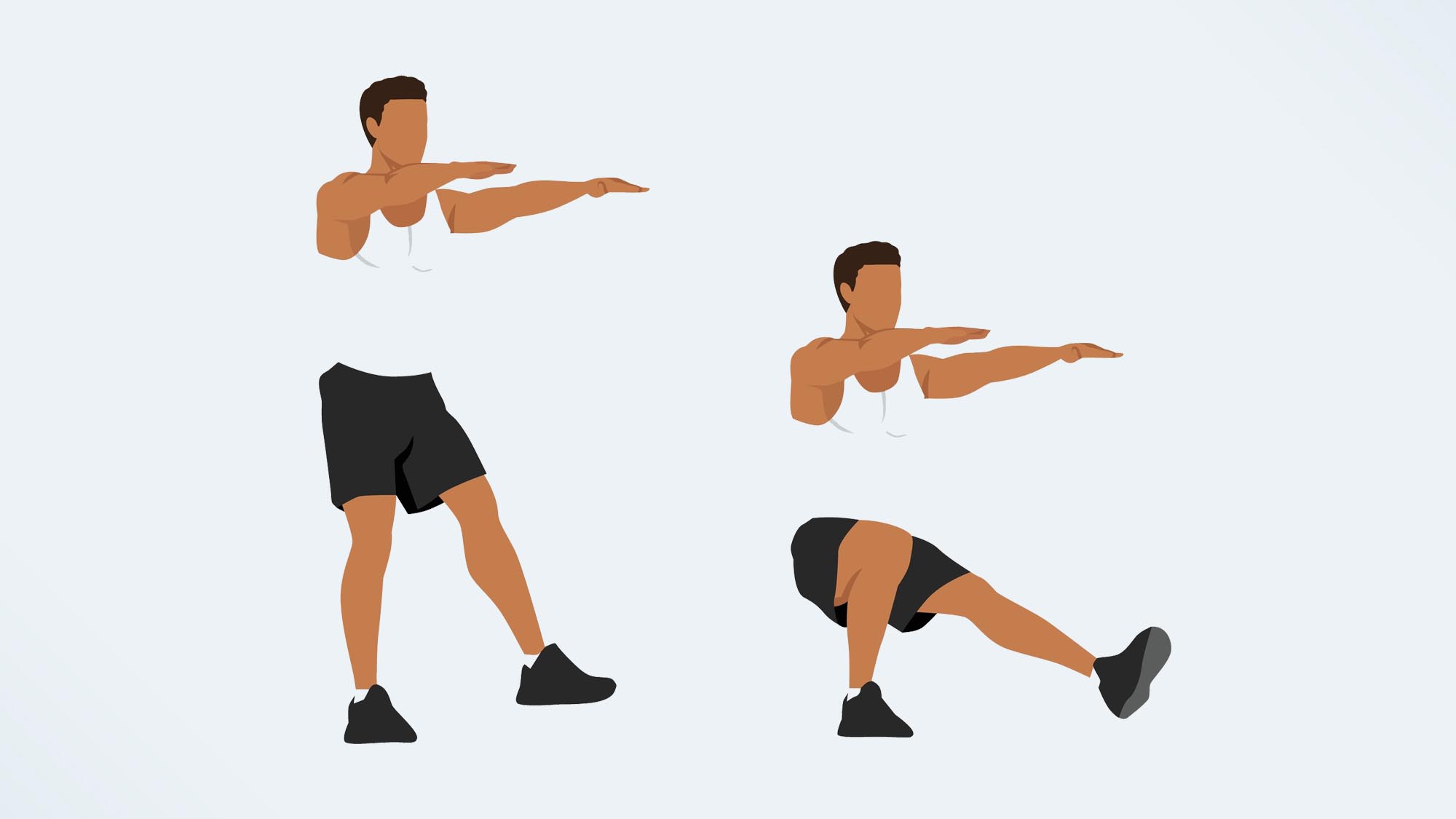
Pistol squats are an advanced calisthenics exercise requiring coordination, strength, power and balance. We recommend learning how to do pistol squats properly, but the variation below is more entry-level. The unilateral exercise works one leg at a time and helps develop flexibility and mobility.
How:
- Start standing with feet hip-width apart
- Hook your left foot to the outside of your right ankle
- Stand tall and engage your core, keeping your chest lifted
- Bend your right knee and lower into a single-leg squat as far as possible while pressing your right heel down
- Pause at the bottom, then explosively push away to stand. Repeat for reps, then switch sides.
If you prefer, extend your leg behind you with the knee slightly bent and lifted away from the ground. Find your balance, bend your standing leg and lower into the single-leg squat — see if you can tap your back knee to the ground — then explosively push to stand. Switch sides.
What builds your glutes most?
Various factors are at play concerning hypertrophy — the muscle-building process. You’ll need to consider how often you train (we recommend at least several times a week) and adding resistance exercises into the fold.
Using the progressive overload technique, you can gradually manipulate the variables of your resistance training to build muscle; this includes sets, reps, load, or frequency to increase exercise volume. Change exercises or workout routines and increase load every 4-6 weeks to freshen things up. We love these glute exercises as a guide.
Your diet also matters because protein intake provides the building blocks for muscle growth and repair. We discuss what to eat before a workout according to a sports nutritionist, but remember, protein intake is unique to you and your exercise levels. It may take some trial and error.
Lastly, if you’re in a building phase, a slight calorie surplus (around 200-400 calories max) helps promote muscle growth, which can be worked out using a calorie calculator or working with a coach and adjusted accordingly. But we don’t recommend counting calories for long periods as the quality of your food and relationship with it is most important, along with moderation.
If you have lazy glutes, we recommend starting leg workouts with these simple glute activation exercises to fire up the hips, glutes and back before big lifts like deadlifts or barbell hip thrusts.
More from Tom's Guide
- Forget burpees, build muscle all over with one kettlebell and these 4 moves
- You only need five minutes to strengthen your core and boost your balance
- 3 strength exercises you can do with a yoga block that aren't ab exercises

Sam Hopes is a level 3 qualified trainer, a level 2 Reiki practitioner and fitness editor at Tom's Guide. She is also currently undertaking her Yoga For Athletes training course.
Sam has written for various fitness brands and websites over the years and has experience across brands at Future, such as Live Science, Fit&Well, Coach, and T3.
Having coached at fitness studios like F45 and Virgin Active and personal trained, Sam now primarily teaches outdoor bootcamps, bodyweight, calisthenics and kettlebells.
She also coaches mobility and flexibility classes several times a week and believes that true strength comes from a holistic approach to training your body.
Sam has completed two mixed doubles Hyrox competitions in London and the Netherlands and finished her first doubles attempt in 1:11.

